
September is often an odd month. If you’ve got school-aged children, you go from a noisy house to a silent one. At least, until they start bringing germs home from school and everyone gets sick. Summer is on the way out, and fall is on the way in. You’ll start your day in a sweater and end it in shorts, only to grab the sweater again when the sun goes down.
When it comes to your garden, you’ll be shutting down parts of it and getting others ready for next spring.
With that in mind, there are numerous vegetables you can plant in September.
Some you’ll be harvesting right before that first frost hits, and others are planted so they can get a head start next spring.
Let’s start with the quick bites. Get these in the ground as soon as you can for a quick, last-minute harvest. Or cover them as that first frost date draws near, and enjoy them for a few more weeks.
1. Lettuce

Skip the head lettuces this time of year and opt for cut-and-come-again leaf lettuces. Depending on the variety, they reach maturity anywhere from 30-70 days. Of course, you can begin harvesting leaves once they reach about 4” long.
When that first frost is in the weather forecast, cut the entire head to harvest it and let the crown decompose where it stands over the winter, adding nutrients back to the soil.
2. Radishes

There’s nothing quite like radishes for instant gratification gardening. With most ready to harvest in 30-45 days, you’ve still got time to get one more crop in the ground. Radishes are frost tolerant and will keep on growing even when temperatures dip down to the mid-20s (F).
3. Spinach

Most spinach, like leaf lettuce, can be harvested before it reaches its mature size, making it a good fall crop. Baby spinach has a milder flavor than mature spinach, making it great for salads, omelets, and stir fry. It can even survive a light frost while it’s still growing, although a deep freeze will likely kill immature plants unless they’re covered.
4. Turnips (Japanese)

Opt for the smaller Japanese turnips (Hakurei) for a quick harvest. These smaller turnips are between 2”-3” around and are excellent roasted. They do much better in cooler weather. So, if you missed your chance this spring, September is your second chance.
5. Hardy Greens
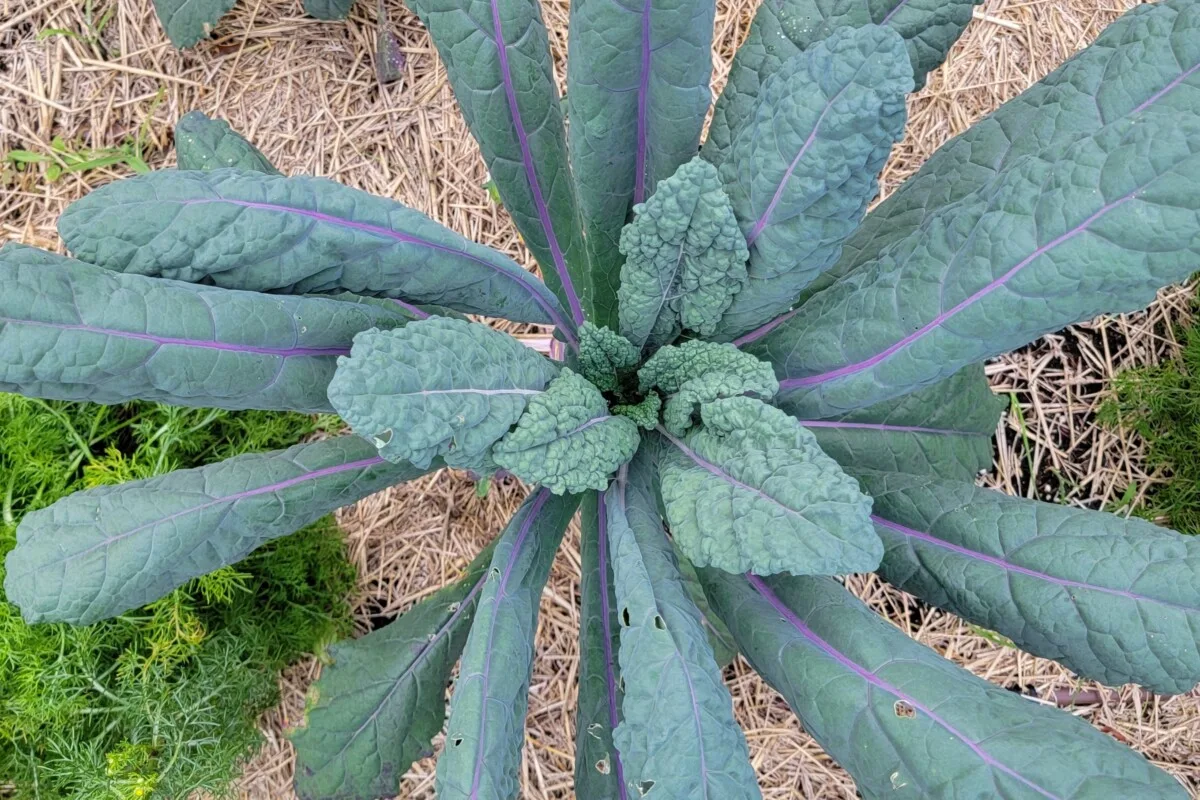
Bok choy and many other hardy greens can be sown and harvested in as little as 45 days. These hardier fall greens are a great way to transition from light lettuce-focused salads into something a little more filling. Not to mention, they’re wonderful in soups. Bok choy is frost tolerant as well and will keep on growing through a light frost or two, giving you a little extra time to enjoy it.
If, like me, you struggle with flea beetles, then fall is a great time to enjoy these types of greens after the first frost puts an end to that particular pest for the season.
I find it amusing that one of the most polarizing vegetables – kale – is also one of the easiest to grow and probably the only one to grow year-round. I’ve harvested fresh kale in the middle of January. This is one veggie you can plant in September this year and enjoy right through the following September.
Again, if common brassica pests make growing kale during the summer difficult, grow it in the fall for cabbageworm-free kale. Not to mention, it tastes sweeter after a few frosts.
Swiss Chard is another hardy brassica that can be started in September and enjoyed well into the colder weather. Because it’s frost tolerant, you might even be able to enjoy brightly colored rainbow Swiss chard with your Christmas dinner.
Planting in September for Next Spring
From here on out, we’ll be planting vegetables with the intention of harvesting them next year. Spring can be quite busy when you’re opening your garden up again. It tends to disappear into summer, and the window to plant cool-season crops is gone before you know it.
Planting a few vegetables the prior season is a great way to spread out the work involved in growing your food.
Not to mention, there’s something wonderful about walking into your brown garden after a long winter, peeling back a layer of mulch, and finding green shoots popping up out of the ground, all before you’ve planted a single seed.
Fall is also a great time for sowing seeds as it’s a naturally rainy season, and the ground is already warmed up. It’s a perfect recipe for germination.
Keep in mind these veggies will need enough time to grow a healthy root system before the first frost knocks them out. You’ll want to plan accordingly based on your USDA hardiness zone and first frost dates. Most will need between 4-6 weeks to get established.
6. Rhubarb

This perennial vegetable can be planted in the spring as well, but fall allows the perfect amount of time for rhubarb to put down a large root system. By the time the first frost arrives, the rhubarb will be established and will have a head start next spring. Not to mention, many folks divide rhubarb in the fall, which means it’s a great time to get a few plants for free from friends or family.
7. Strawberries

If you’re starting strawberries or you already have strawberries, September is a good time to plant new runners. In fact, it’s part of this small checklist of fall strawberry chores. For a bumper crop next summer, get started in the fall.
8. Asparagus

While many folks start asparagus from live crowns or bare roots, the more patient gardeners might consider starting asparagus from seed. The best time to start asparagus from seed is in the early fall – hello, September. With the cooler, rainy weather, it’s the perfect climate to get asparagus sown and established before winter.
9. Daikon Radish

I bring up daikon specifically because it’s a great tool. Sure, you can grow them and make some incredible dishes with them, like homemade kimchi. But daikon is your secret weapon if you have hard, compacted soil that doesn’t drain well.
Plant these radishes in September around your other plants, and the daikon will grow through the winter. Its long taproot acts like a powerful drill, growing deep down into the soil and busting it up. Then, you let them rot in place or pull them up next spring and compost them.
10. Carrots
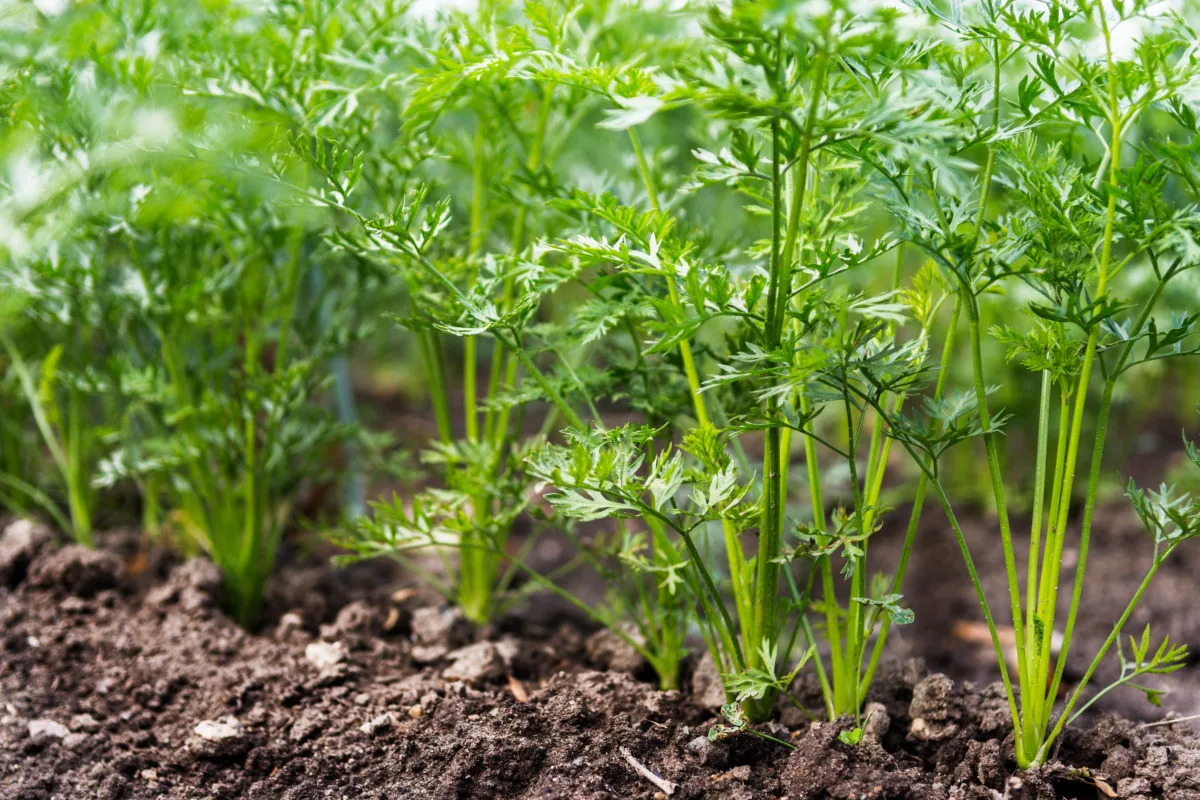
Yup, you can plant carrots in the fall to get a jump on the spring. With carrots, the more time they have to grow before they go dormant for the winter, the better. Get them started as soon as you can.
11. Beets
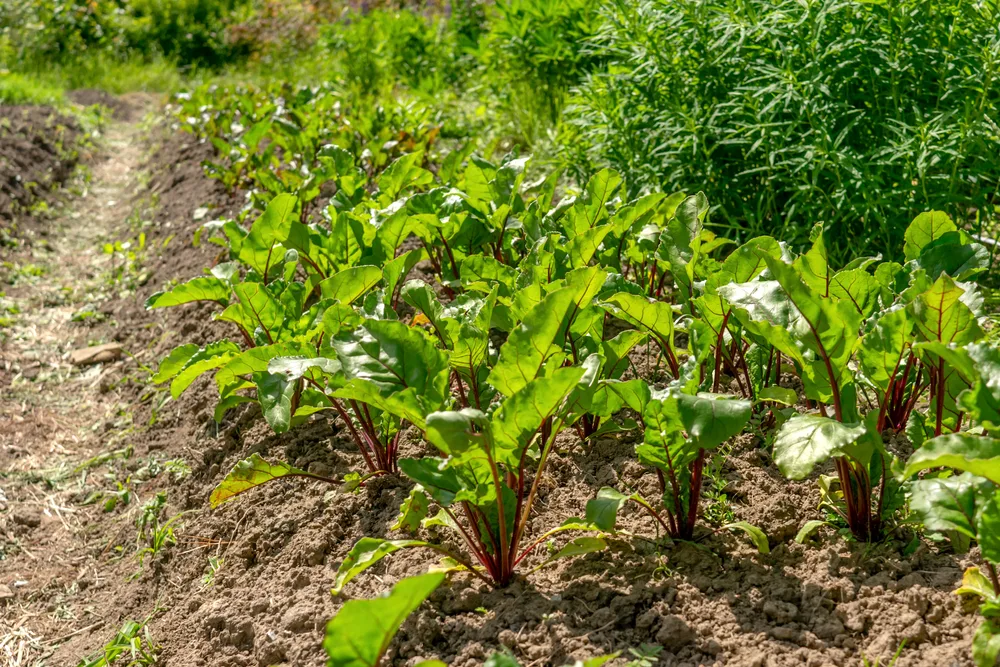
Beets are yet another root crop that can be started in September and will lie dormant over the winter. The bonus for planting beets in the fall is that you can harvest the leaves. Beet leaves are like any other hardy green and can be used the same way.
12. Turnips

If you want a larger, more sturdy turnip crop, you can plant them in the fall. Like carrots and beets, they will grow until they go dormant for the winter, starting to grow again in the spring. Choose larger turnip varieties to start in the fall.
13. Parsnips

Is it any surprise that the parsnip, which is carrots’ close cousin, can be started in the fall as well? Giving these root crops a head start in the cooler weather means they’re not exposed to pests in the ground as long as spring-planted crops. If you’ve had issues with wireworms in the past, try growing parsnips and carrots in the fall.
14. Garlic
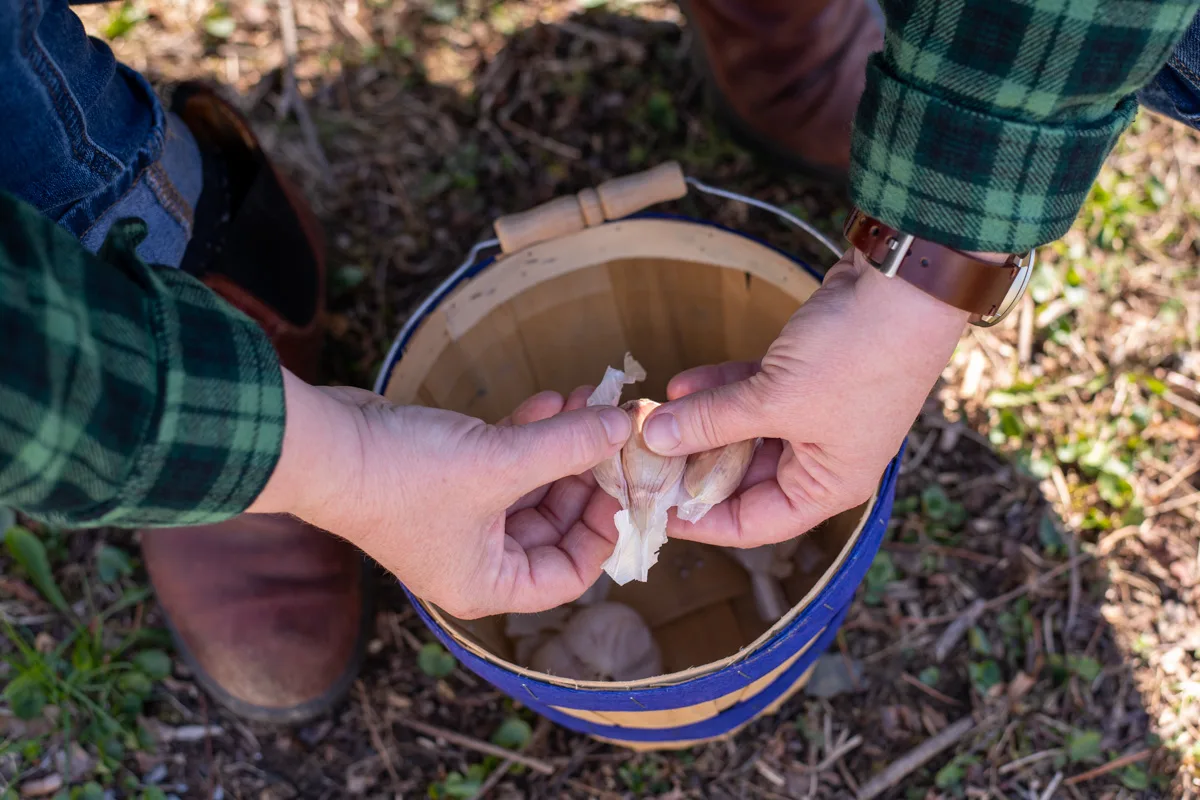
Ah, yes, the alliums. These guys are fall superstars. Many folks (mistakenly) believe that fall is the only time to start growing garlic. While you can plant garlic in the spring and have good results, your timing has to be just right. If you want to grow garlic and be sure you end up with nice fat bulbs, plant your garlic in September.
15. Onions
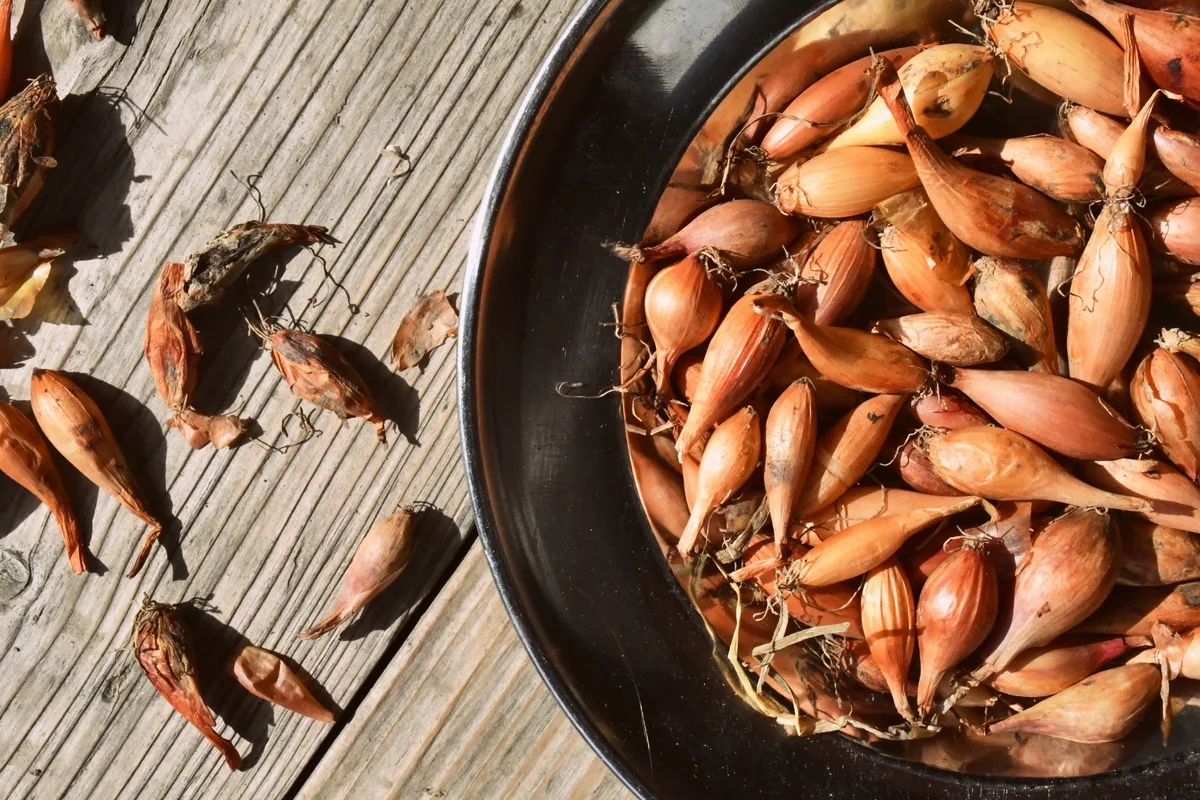
Although it can sometimes be difficult to source bulbs, planting onions in the fall can lead to a larger, milder-flavored bulb next spring. Plant your onions in September or about 4-6 weeks before your first frost. This will give them plenty of time to grow before they go dormant for the season.
16. Shallots

Shallots grow in much the same way as garlic. If you want plump bulbs of this fragrant and tasty allium, start your shallots in September when you plant your garlic, too.
Planting Herbs in the Fall
There are quite a few herbs that can be planted in the fall as well. Some require cold stratification to germinate, a period spent in the ground when it’s cold out. Keep in mind this is the time to plant seeds for these herbs rather than seedlings.
Because we aren’t waiting for a plant to appear, you can plant these seeds closer to that first frost date. In colder climates, you might want to put down a layer of mulch over the soil once you’ve planted the seeds.
17. Dill

Dill can be finicky and doesn’t transplant well. If you end up with a spring that’s too warm, too quick, you’ll struggle to get your dill going. The solution is to plant dill seeds in the fall and let them winter over in the soil. Their feathery fronds will pop up out of the ground next spring once the soil begins to warm.
18. Thyme

While cold stratification isn’t necessary for thyme, you do get better germination rates that way. Plant your thyme seeds a week or two before your last frost date, and they’ll be ready to go next spring.
19. Chives
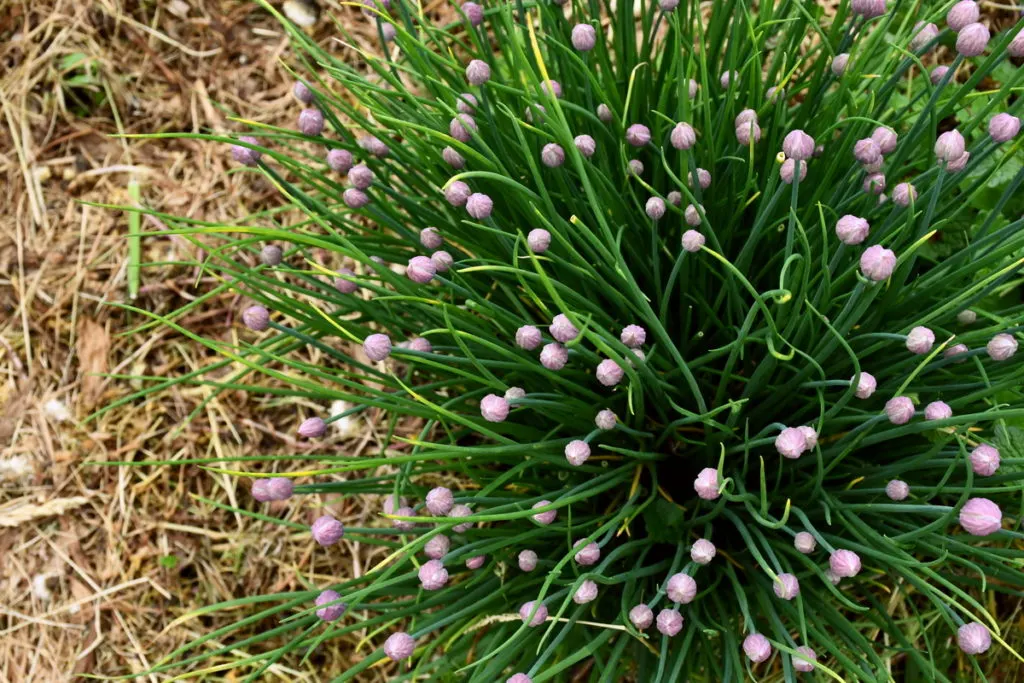
Like most of the allium family, chives are great to plant in the fall. Plant your seeds a couple of weeks before the last frost and mulch the ground well. Of course, if you’re already growing chives, you can let a few of the flower heads go to seed.
20. Parsley

Parsley is another herb that does better if the seeds are cold-stratified. Sow your parsley seeds in September to get a jump on the season next year. Remember, parsley is a biennial, so it’s always a good idea to plant a new crop every year so you’ll have plenty as one plant fades out in its second year.
21. Cilantro

If you’ve ever grown cilantro, you know it bolts at the drop of a hat. This makes September a great time to grow cilantro for a harvest this fall. The cooler temperatures mean you’ll get more leafy cilantro than you would in the dog days of summer. You can even let it dry and collect the seeds, known as coriander.

Get the famous Rural Sprout newsletter delivered to your inbox.
Including Sunday musings from our editor, Tracey, as well as “What’s Up Wednesday” our roundup of what’s in season and new article updates and alerts.


